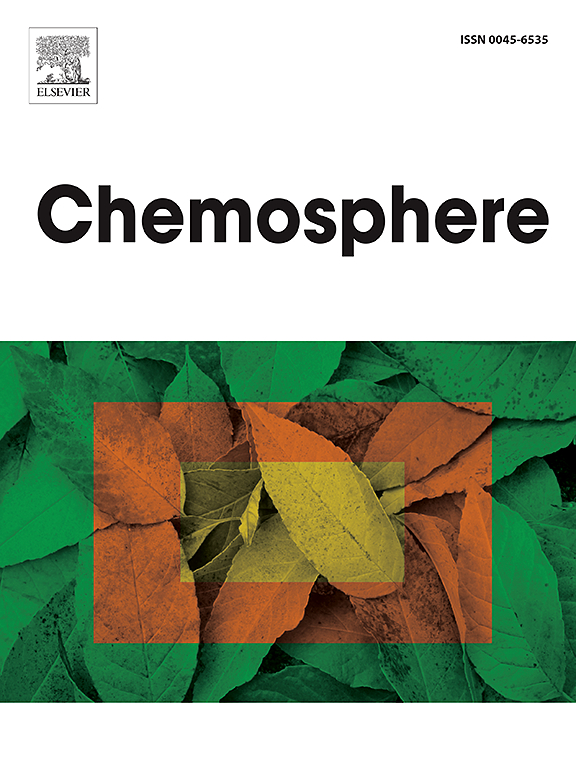Determination of chlorinated paraffins and olefins in plastic consumer products of the Swiss market
IF 8.1
2区 环境科学与生态学
Q1 ENVIRONMENTAL SCIENCES
引用次数: 0
Abstract
Chlorinated paraffins (CPs) are plastic additives, which are targeted by international regulatory entities due to their persistence, bioaccumulation, potential for long-range environmental transport and adverse effects. In this work, CPs were analyzed in plastic consumer products of the Swiss market collected in 2021. Up to 144 plastic samples were pre-screened with a GC-ECD method. Plastic samples containing CPs (32, 22%) were further analyzed at homologue level by an LC-APCI-Orbitrap-HRMS method. Respective mass spectrometric data were extracted and evaluated with the CP-Hunter program at the rate of seconds per sample. Qualitative analysis of the LC-HRMS method revealed distinctive CnClx-homologue distributions of both chlorinated paraffins and olefins (COs), highlighting the diversity of CP-mixtures present in the Swiss market. The presence of C21- to C31-homologues in plastic consumer products is reported herein for the first time. Based on the specific fingerprints and the parameters deduced, these samples were grouped with a principal component analysis (PCA). Three industrial strategies were identified in the manufacturing of CP-containing plastics to either comply with or circumvent regulations. These strategies included the avoidance of the SCCP-fraction (type-A), the indiscriminate use of complex technical CP-mixtures (type-B) and the combination of technical CP-mixtures of different carbon-chain lengths and chlorination degrees (type-C). Results showed that the most used strategy was type-B and a partial substitution of SCCPs by MCCPs and LCCPs. Quantitative analysis exhibited that the SCCP content of 20 (14%) out of 144 plastic samples exceeded the Swiss legal limit of 1.5 mg SCCPs per g of plastic. The CnClx-homologue distribution of these plastic samples were type-B and type-C. Therefore, regular monitoring should be conducted to ensure that the composition of plastic products adheres to current regulations.

求助全文
约1分钟内获得全文
求助全文
来源期刊

Chemosphere
环境科学-环境科学
CiteScore
15.80
自引率
8.00%
发文量
4975
审稿时长
3.4 months
期刊介绍:
Chemosphere, being an international multidisciplinary journal, is dedicated to publishing original communications and review articles on chemicals in the environment. The scope covers a wide range of topics, including the identification, quantification, behavior, fate, toxicology, treatment, and remediation of chemicals in the bio-, hydro-, litho-, and atmosphere, ensuring the broad dissemination of research in this field.
 求助内容:
求助内容: 应助结果提醒方式:
应助结果提醒方式:


